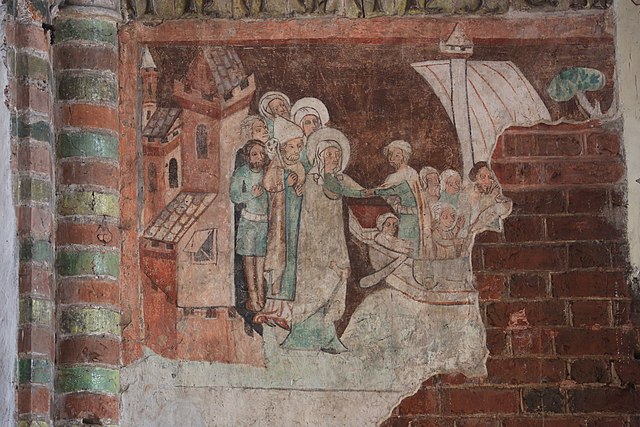Lead–lead dating is a method for dating geological samples, normally based on 'whole-rock' samples of material such as granite. For most dating requirements it has been superseded by uranium–lead dating, but in certain specialized situations it is more important than U–Pb dating.
Iron meteorite found in Canyon Diablo
Meteorite impact
Figure 1. Pb–Pb isochron diagram
Pb–Pb isochrons for the oldest known material in the Solar System.
Chronological dating, or simply dating, is the process of attributing to an object or event a date in the past, allowing such object or event to be located in a previously established chronology. This usually requires what is commonly known as a "dating method". Several dating methods exist, depending on different criteria and techniques, and some very well known examples of disciplines using such techniques are, for example, history, archaeology, geology, paleontology, astronomy and even forensic science, since in the latter it is sometimes necessary to investigate the moment in the past during which the death of a cadaver occurred. These methods are typically identified as absolute, which involves a specified date or date range, or relative, which refers to dating which places artifacts or events on a timeline relative to other events and/or artifacts. Other markers can help place an artifact or event in a chronology, such as nearby writings and stratigraphic markers.

Brick adornments in Saint James Church of Toruń, wherein Thermoluminescence was used to provide an absolute date for its construction.





